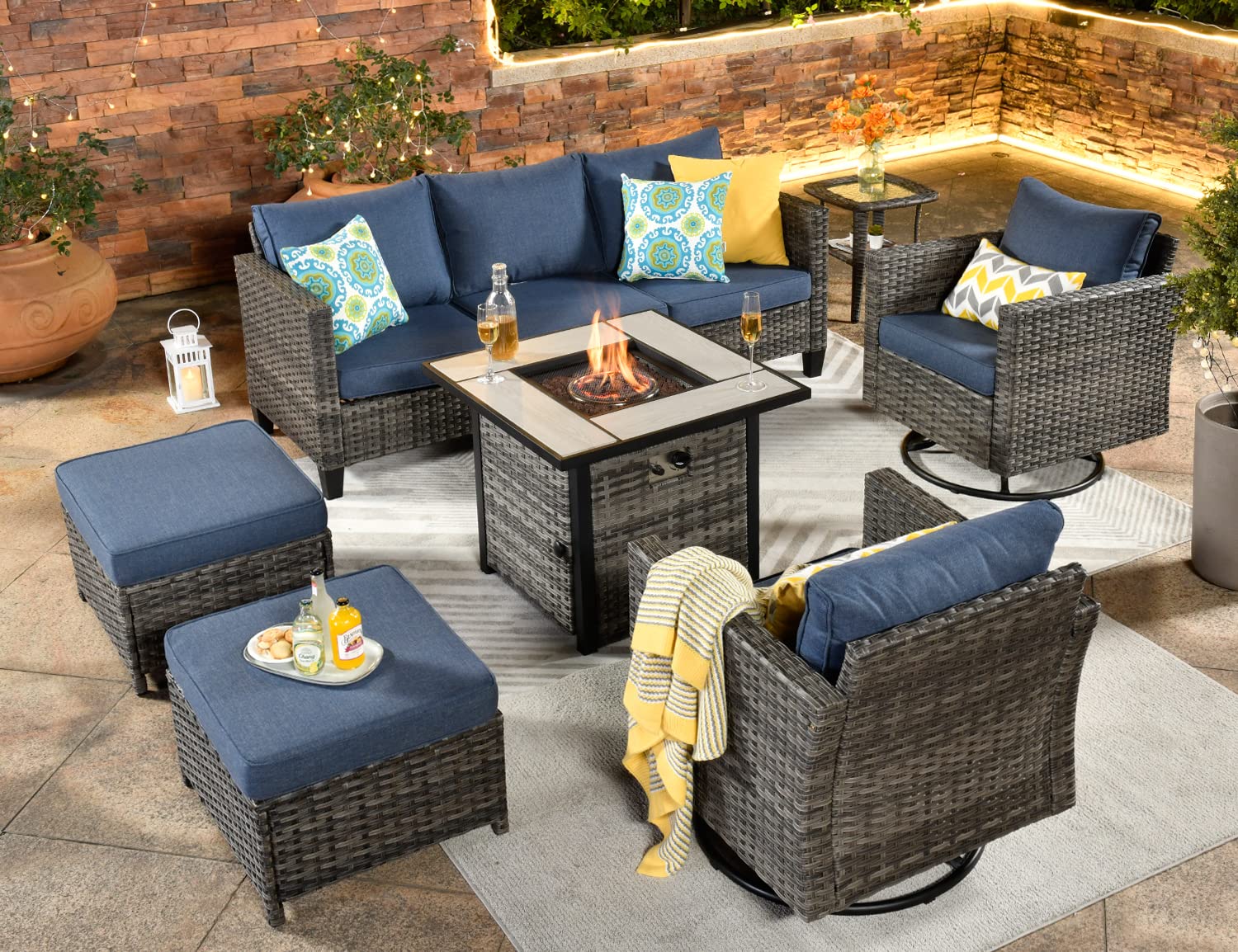
Outdoor furniture plays an indispensable role in enjoying the outdoors. From balconies to gardens to patios, the right outdoor furniture not only enhances comfort but also adds a unique aesthetic to the space. So, what is outdoor furniture? How has their design evolved? Let's explore the differences between modern design and mid-20th century design, and their unique charm.
What is outdoor furniture?
Outdoor furniture, as the name suggests, is furniture designed for outdoor environments, including patio chairs, patio tables, lounge chairs, swing chairs, sofa beds, etc. These furniture are usually made of durable materials such as aluminum, iron, wood, rattan and synthetic fibers to withstand the test of wind, sun and rain. Outdoor furniture not only emphasizes functionality, but also pursues excellence in design and beauty to meet the needs and aesthetics of different users.
There are many types of outdoor furniture, which can be roughly divided into leisure, dining and functional categories according to usage scenarios and functions. Leisure furniture such as sofas, lounge chairs and swing chairs are designed to provide a comfortable resting space; dining furniture such as dining tables and dining chairs are mainly used for outdoor dining and gatherings; functional furniture such as parasols and lockers provide additional convenience and protection for outdoor life.
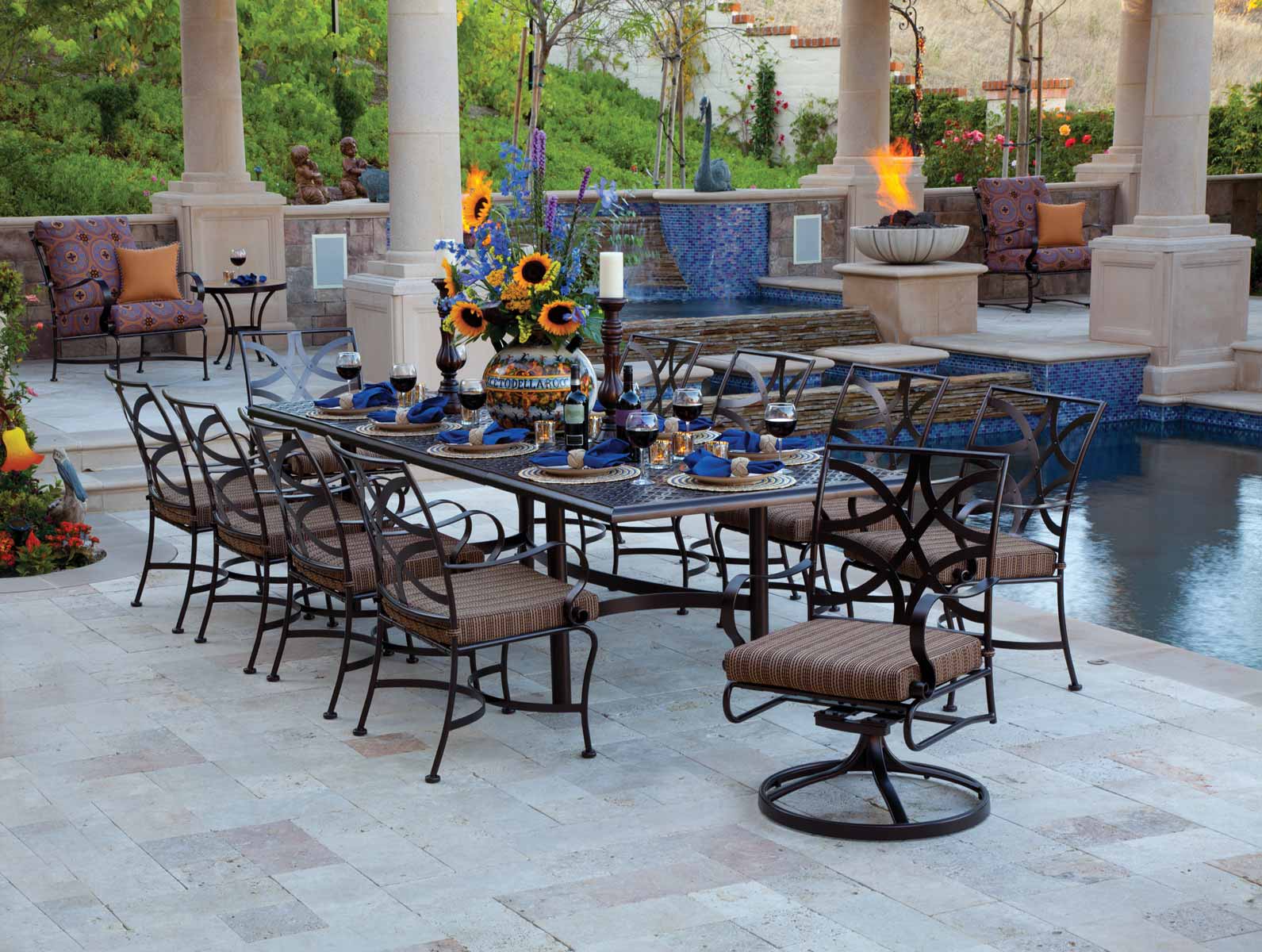
What is modern outdoor furniture design?
Modern outdoor furniture design originated from the modernist movement in the early 20th century, focusing on simplicity, practicality and functionality. The modern design style emphasizes the simplicity of lines, the geometric beauty of shapes and the natural texture of materials, and pursues the design concept of "less is more". Modern outdoor furniture usually uses metal, glass and synthetic materials, presenting a simple and elegant appearance.
A notable feature of modern outdoor furniture design is its modularity and versatility. For example, a set of modern outdoor sofas can be freely combined according to needs to form different layouts and functions; modern lounge chairs may have adjustable backrests and folding functions for easy storage and transportation. In addition, modern design also focuses on environmental protection and sustainability, using recyclable materials and environmentally friendly processes to manufacture, reflecting respect and care for the environment.
What is mid-20th century outdoor furniture design?
Mid-Century Modern Design, also known as Mid-Century Modern, is a design style from the 1940s to the 1960s. The style was heavily influenced by Bauhaus and Scandinavian design, emphasizing simplicity, functionality, and innovation.
Mid-Century Modern outdoor furniture often uses natural materials such as teak, oak, and rattan, combined with new materials such as metal and plastic, presenting a fusion of nature and modernity. The design focuses on smooth lines, organic shapes, and functional diversity. For example, the classic Eames chair and Noguchi coffee table are representative works of this period and are still highly respected today.
The design style of this period also pays special attention to the integration of indoor and outdoor spaces. Designers strive to break the boundaries between indoor and outdoor, and through the design of outdoor furniture, make natural landscapes a part of home life and create a free and open lifestyle.
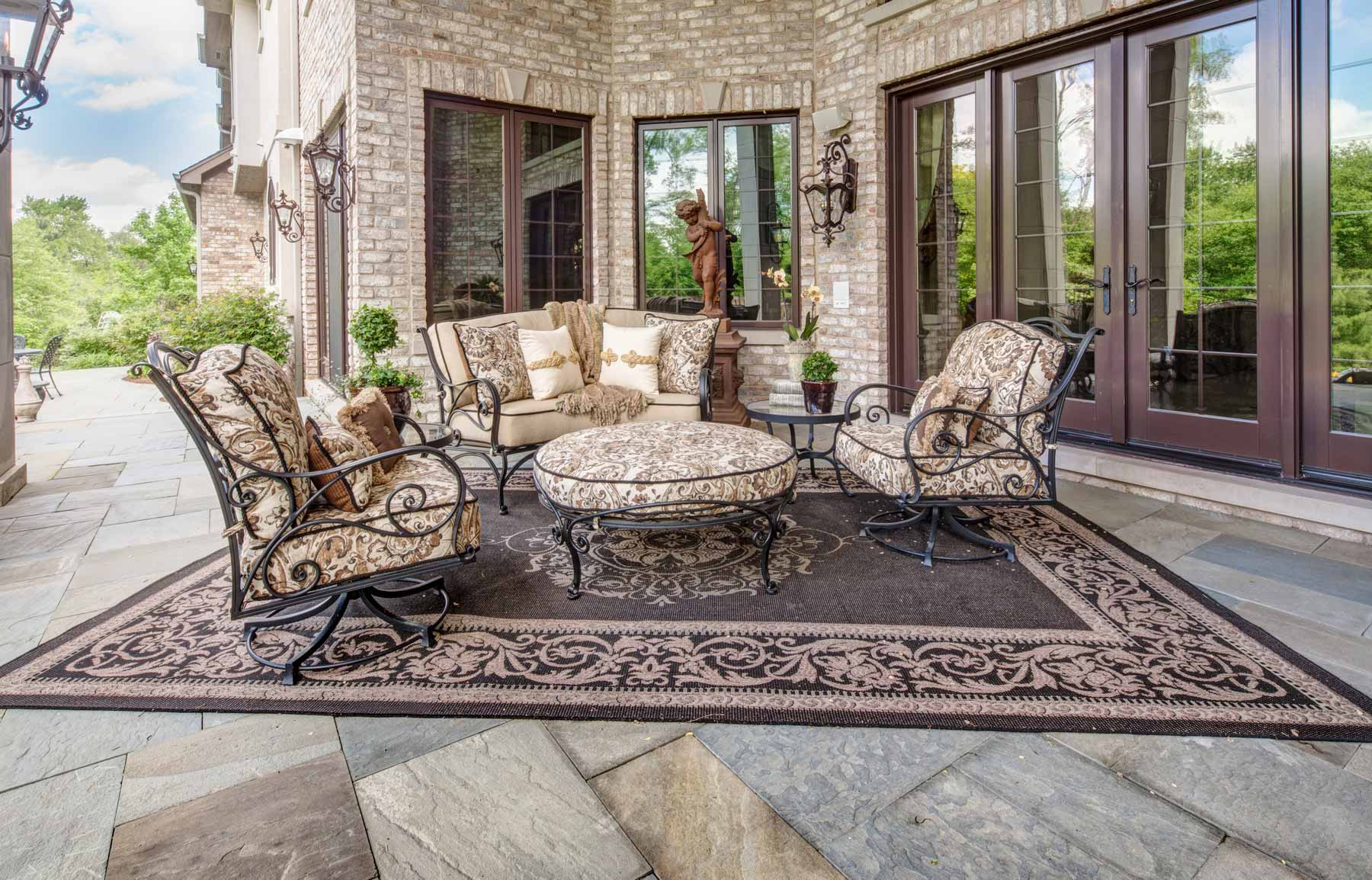
What is the difference between modern design and mid-20th century design?
Although both modern design and mid-20th century design pursue simplicity and functionality, there are significant differences in specific style characteristics, material selection, design concepts, and details.
1. Style characteristics: Modern design style is concise, with clear lines, often using geometric shapes and symmetrical designs, emphasizing simplicity and rationality. Mid-century modern design pays more attention to organic shapes and streamlined designs, pursuing the harmonious unity of nature and modernity.
2. Material selection: Modern design often uses metal, glass and synthetic materials, pursuing the beauty and practicality of modern industry. Mid-century modern design uses more natural materials such as wood and rattan, while combining metal and plastic to present a fusion of nature and modernity.
3. Design concept: Modern design emphasizes "less is more", pursues minimalism and functionality, and focuses on modularity and versatility. Mid-century modern design emphasizes innovation and humanized design, focuses on the integration of indoor and outdoor spaces, and strives to create a free and open lifestyle.
4. Details: Modern design usually pays more attention to the exquisiteness and perfection of details, using high-tech processes and precision manufacturing. Mid-century modern design emphasizes the texture of craftsmanship and the beauty of nature, and many works retain the traces and uniqueness of handmade.
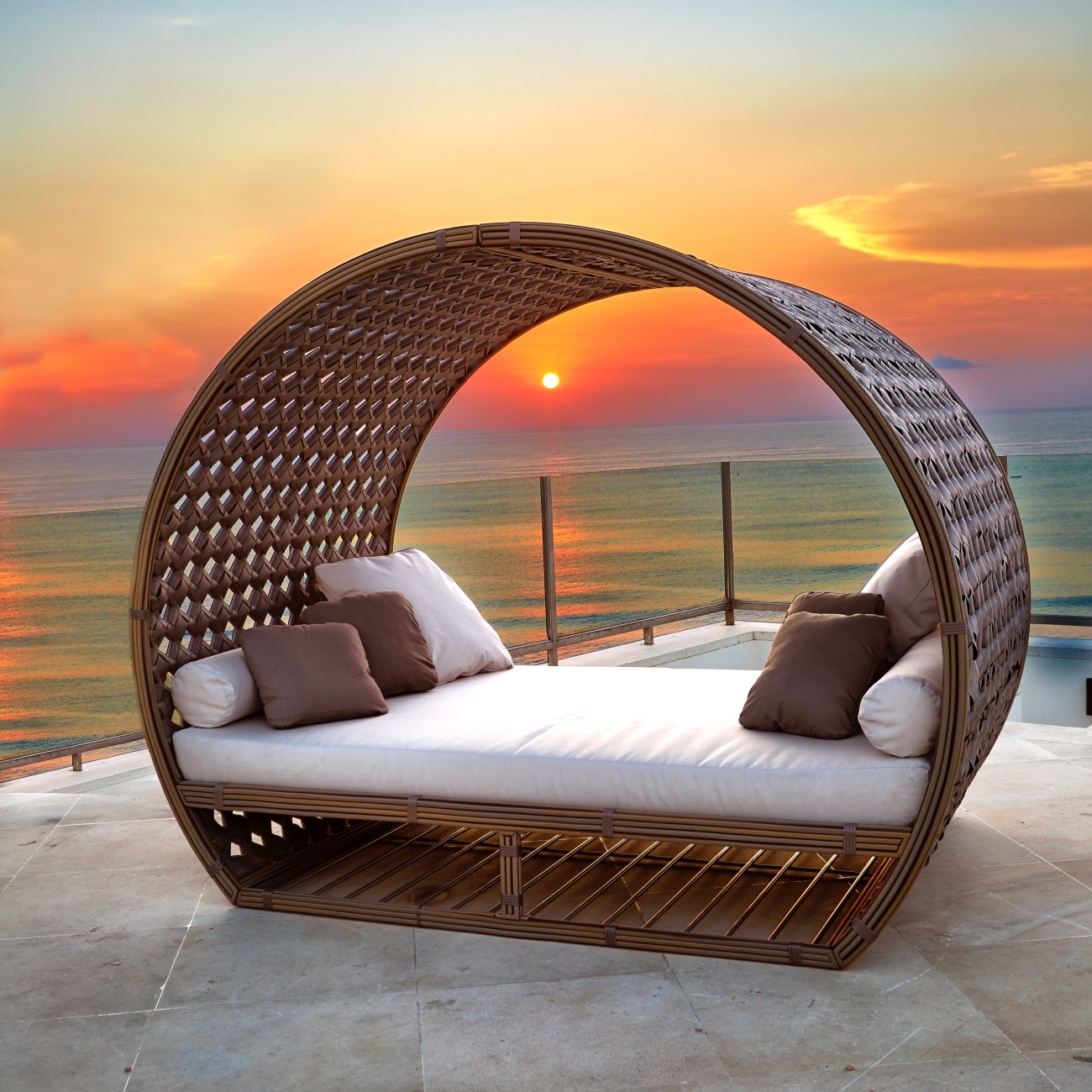
What are the design styles of outdoor furniture?
Outdoor furniture has a rich variety of design styles, such as modern, traditional, transitional, retro, minimalist, farmhouse, antique industrial, country, Art Deco, Victorian, Chippendale, craftsman and colonial design styles, each of which has its own unique charm and applicable scenarios.
1. Modern Design: Modern design emphasizes simplicity, functionality and practicality, and often uses metal, glass and synthetic materials to present a simple and elegant appearance. Modern design focuses on modularity and versatility, suitable for modern urban life and users who pursue minimalist style.
2. Traditional Design: Traditional design style inherits classic design elements and craftsmanship, and often uses natural materials such as solid wood, rattan and cotton and linen. Traditional design focuses on detailed carving and decoration, presenting an elegant and warm atmosphere, suitable for traditional courtyards and country gardens.
3. Transitional Design: Transitional design combines traditional and modern elements to create a style that has both classic beauty and modern practicality. Transitional design often uses simple lines and soft tones, suitable for outdoor spaces of various styles.
4. Vintage Design: The vintage design style is inspired by design elements from the past, and often uses materials such as antique metal, old wood and leather, presenting a nostalgic and unique aesthetic. Vintage design is suitable for users who want to add a sense of history and personalized elements to their outdoor space.
5. Minimalist Design: Minimalist design emphasizes minimalist lines and pure functionality, removes all unnecessary decorations, and pursues the concept of "less is more". Minimalist design often uses a single color and simple shapes, which is suitable for modern urban life and users who pursue minimalist style.
6. Farmhouse Design: The farmhouse design style is inspired by rural life, and often uses natural materials such as solid wood, rattan and cotton and linen, presenting a natural and rustic beauty. Farmhouse design focuses on comfort and practicality, and is suitable for rural gardens and home courtyards.
7. Antique Industrial Design: Antique Industrial Design combines retro and industrial elements, and often uses materials such as metal, old wood and leather, presenting a rough and unique aesthetic. Antique Industrial Design is suitable for users who want to add industrial style and personalized elements to their outdoor space.
8. Rustic Design: Rustic design style is inspired by nature and pastoral life, and often uses natural materials such as solid wood, rattan, cotton and linen, presenting a rustic and warm aesthetic. Rustic design focuses on comfort and practicality, and is suitable for rural gardens and home courtyards.
9. Art Deco Design: Art Deco design style is inspired by the Art Deco movement from the 1920s to the 1930s, and often uses geometric patterns, symmetrical designs and metal decorations to present a gorgeous and unique aesthetic. Art Deco design is suitable for users who want to add luxurious and unique elements to their outdoor space.
10. Victorian Design: Victorian design style is inspired by the Victorian era of the 19th century, and often uses natural materials such as solid wood, rattan and cotton and linen, combined with complex carvings and decorations, presenting an elegant and gorgeous beauty. Victorian design is suitable for traditional courtyards and gardens, creating an elegant and warm atmosphere.
11. Chippendale Design: The Chippendale design style is inspired by Thomas Chippendale, an 18th-century British furniture designer. It often uses solid wood and intricate carvings to create an elegant and gorgeous beauty. Chippendale design is suitable for traditional courtyards and gardens, creating a noble and elegant atmosphere.
12. Craftsman or Colonial Design: The Craftsman or Colonial design style emphasizes craftsmanship and natural materials. It often uses solid wood and rattan, combined with simple lines and practical design, presenting a rustic and natural beauty. Craftsman or Colonial design is suitable for country gardens and home courtyards, creating a warm and comfortable atmosphere.
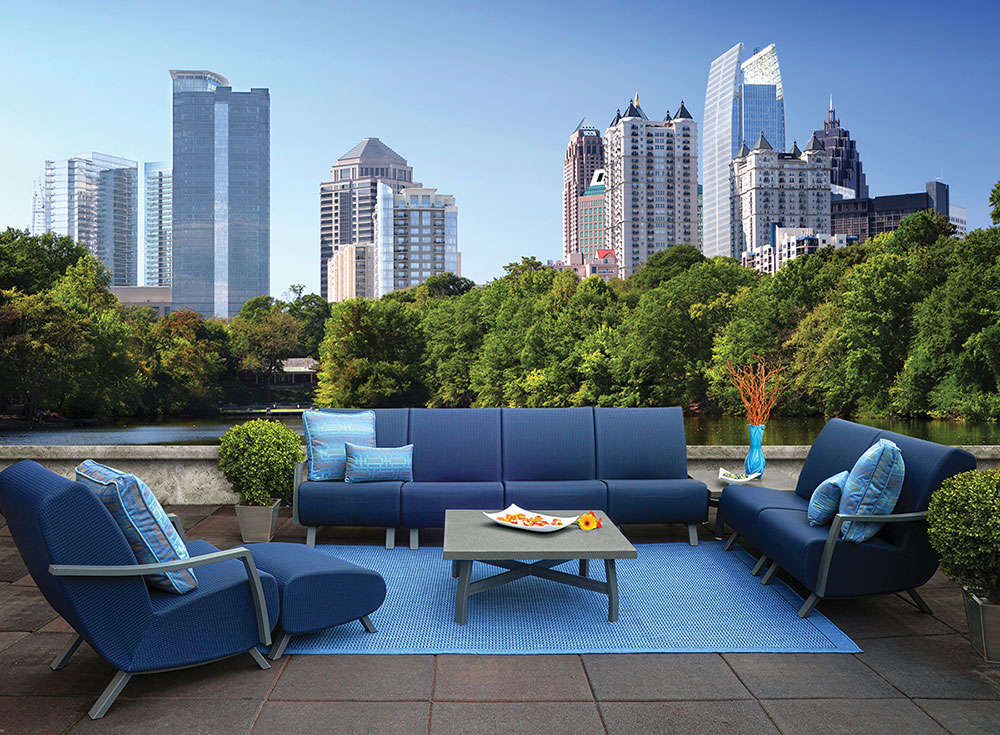
In summary, the design styles of outdoor furniture are rich and varied, and each style has its own unique charm and applicable scenarios. Whether it is the simplicity of modern design, the smoothness of mid-20th century design, the elegance of traditional design, or the uniqueness of retro design, you can find outdoor furniture that suits you to make your outdoor space more beautiful and comfortable.

